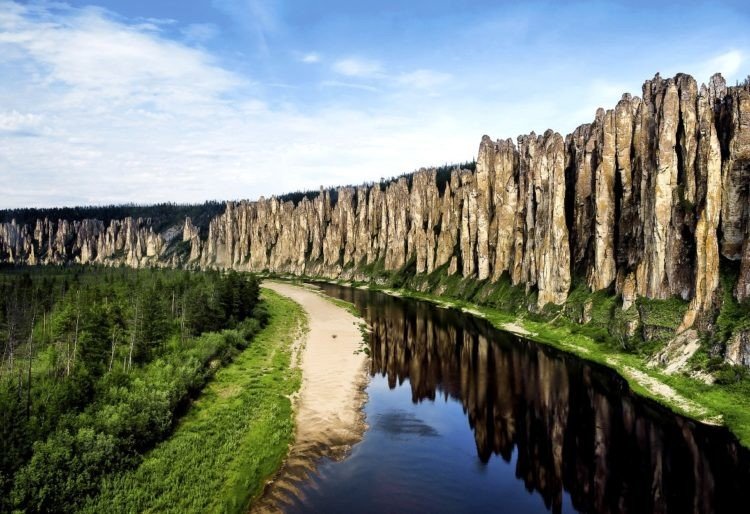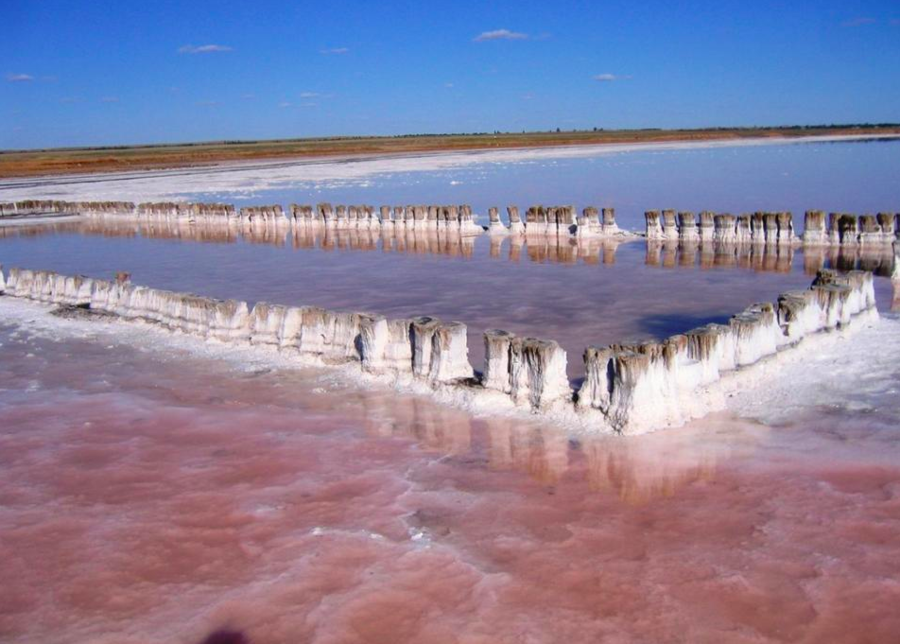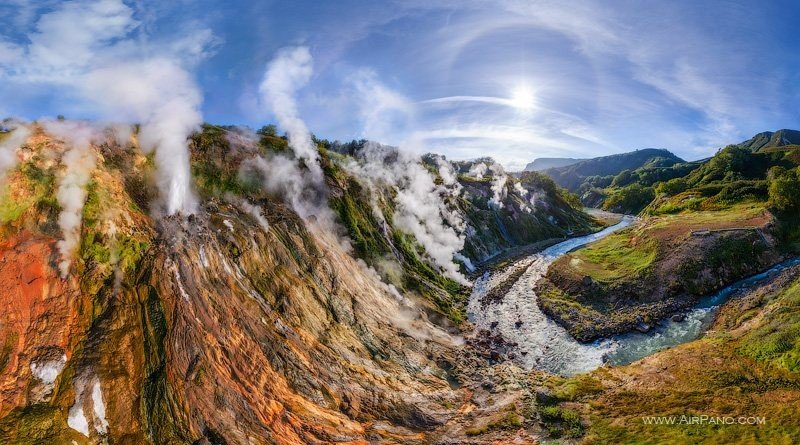Not Sahara Desert or Iceland geysers! These amazing places are actually in Russia

Russian cities are known for their fairytale architecture, endless museums and vibrant nightlife. But there are some parts of Russia one would never guess were part of the vast country they associate with snow, bears and vodka.
Not the Sahara Desert

Nope, it’s not the Sahara Desert. It’s a stretch of land in a region known as the Sakha Republic in Russia’s Far East. It may be hard to imagine looking at the picture, but temperatures here drop to as low as -60C in the winter.
Experts have argued about how exactly the Saamys-Kumaga desert area was formed in a territory which is known for its lakes and rivers. Some say it formed at the end of the ice age as many as 27,000 years ago when the climate was more severe and the rivers were shallower and winters were so cold that it didn’t even snow. The theory goes that wind picked up sandy sediments and blew them in different directions, creating the magical areas of dunes.
READ MORE: Walk on water: Video captures skaters ice-dancing on world’s largest lake
Not Game of Thrones

These ancient rock formations look like they might have been created by computer-generated imagery software for an episode of Games of Thrones – but they’re real. The Lenskie Stolby National Park is another gem in the Sakha Republic region. The rocks have taken on the appearance of towering pillars with a cathedral-like quality, where the fossil remains of mammoth and bison can be found along with ancient hieroglyphics.
Unfortunately, Lenskie Stolby is not something you can find on a day-trip outside Moscow in between World Cup matches. You’ll need to set aside about four days of travel by plane and boat to get there.
Not the Dead Sea

Near the border with Kazakhstan, a six-hour bus ride from Volgograd, you’ll find yourself at this saline lake called Lake Elton, where salt extracted from the lake is used in the production of magnesium chloride. It’s kind of like a Russian version of the Dead Sea.
The lake got its name from the golden-pink color of the salt here. In Turkic, ‘Altyn-Nur’ means ‘gold bottom,’ and is pronounced ‘Elton’ in Russian. The place used to be considered a holy site and there are some who believe the lake water can cure disease and holds the key to everlasting youth, so it might really be worth the visit.
READ MORE: Coolest hotel in Russia: Spend the night in an icy igloo in Kamchatka (VIDEO)
Not Iceland

It looks like Iceland, but the Valley of the Geysers is one of the most famous sites in the Kamchatka region of Russia. The natural wonder was only discovered about 100 years ago when geologist Tatiana Ustinova and her assistant traveled up the river on a dogsled and witnessed a jet of hot water shooting out of the ground. Later researchers discovered that the entire 8km canyon was a geyser field.
In 2007, a massive landslide threatened the existence of the site when rocks, water and other debris tumbled through the canyon at high speed, covering over the geysers and permanently changing the terrain. But nature took over again and the valley began to restore itself.














